How To Easily Treat And Prevent Bunions
Bunions are lumps of bone that grow near the base of the big toe. This common condition, also known as hallux valgus, affects more than three million Americans each year. Women are more likely to be affected than men, and the risk of bunions increases with age. In addition to bunions affecting the big toe, a less common type of bunion, the bunionette or 'tailor's bunion,' occurs when a bony growth forms on the outside of the little toe. Bunions develop over several years and are considered a chronic condition. They can be caused by inherited structural abnormalities of the foot and by diseases such as arthritis, as well as from stress placed on the foot.
The bony growths can compromise normal foot function and make walking difficult, leading affected individuals to adopt a more sedentary lifestyle and stop exercising, adversely impacting the patient's quality of life. Bunions usually cause complications within the foot itself, including corns, calluses, ingrown toenails, bursitis, and pain in the ball of the foot.
Let's investigate some treatments that may help resolve bunions.
Bunion Pads
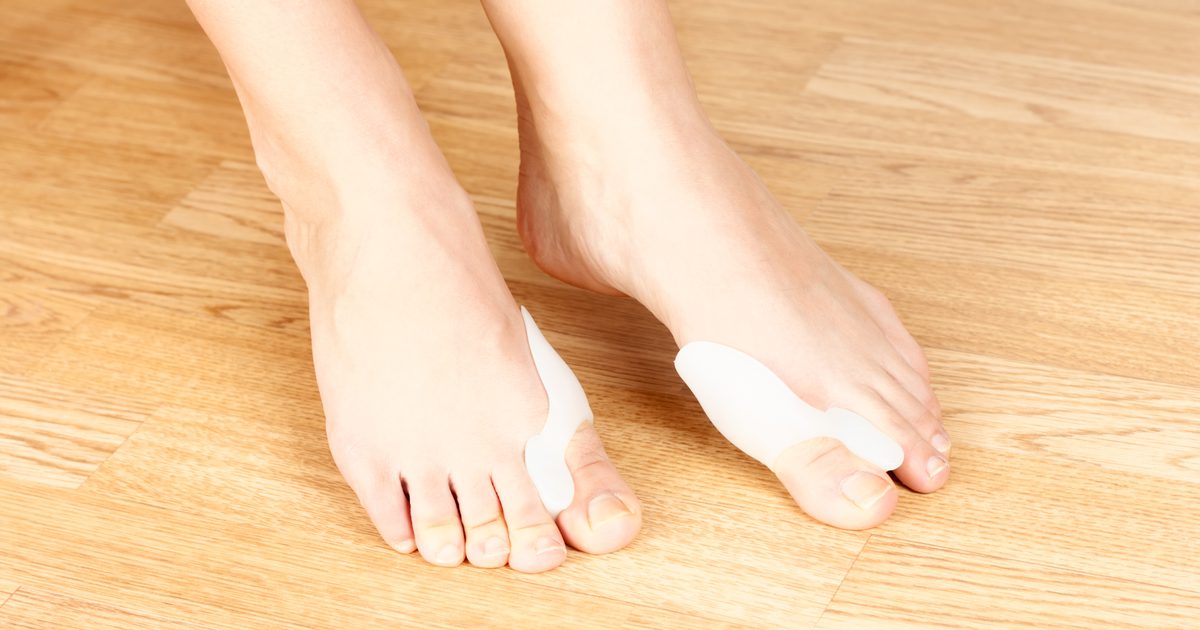
Since bunions are a gradual and progressive condition, bunion pads are often helpful in the early stages of this orthopedic problem. One of the most conservative treatments available, these pads are sold at grocery stores and pharmacies and can also be found at shoe stores. Bunion pads work by providing a cushion for the bunion itself and alleviating pressure on it and the surrounding toes. Both moleskin and gel cushion devices are available for bunions. The pads should be wrapped around the bunion and may need to be secured with bandages or tape for extra support. When using bunion pads, ensure there is sufficient space for the pad inside the shoe to avoid placing additional strain on the toes.
Continue reading to reveal more treatments for bunions now.
Inserts For Shoes
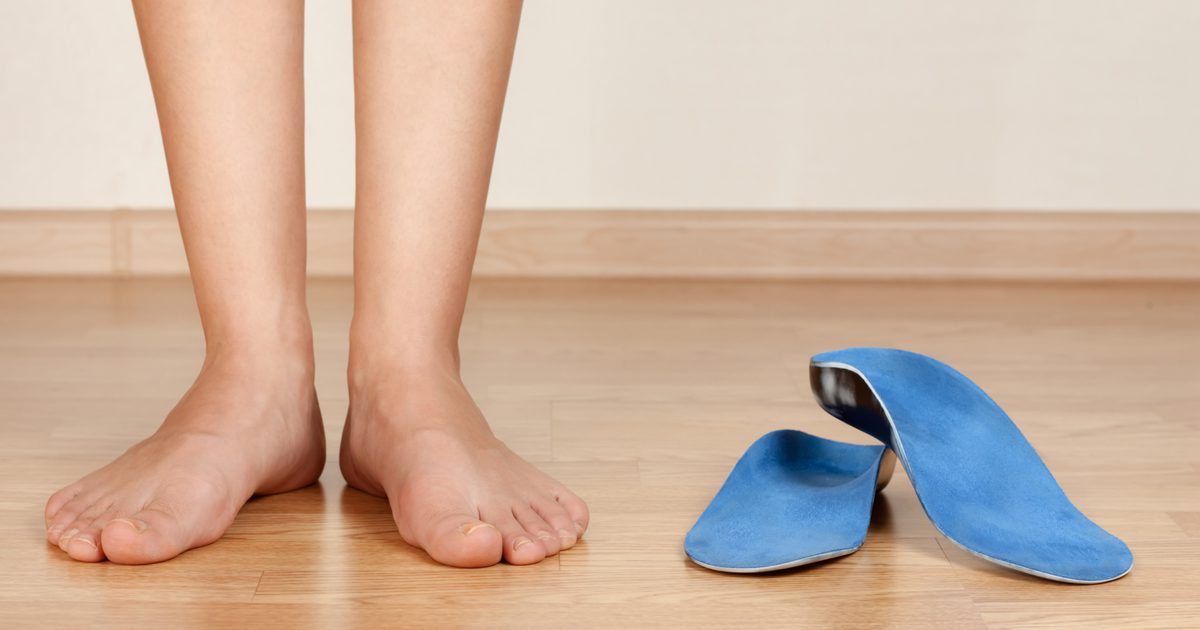
A variety of orthotic inserts for shoes are available over the counter at the drugstore and through a doctor's recommendation. Gel and memory foam are some of the materials most commonly used in these inserts. Orthotic inserts function in a similar way to bunion pads, providing cushioning and pressure relief. While pads just support the bunion, inserts support the whole foot and take up the entire shoe, offering relief over a larger surface area than pads. When using inserts, it is important to try several different kinds to see which ones provide the most cushioning and symptom relief. Even some inserts not specifically marketed for bunion pain may be helpful for individual patients.
If over-the-counter inserts do not provide adequate relief, podiatrists and other orthopedic specialists can make customized semisoft orthoses (footwear inserts) that will reduce pressure and realign the foot so it is in a more comfortable position. These specialist inserts may help prevent worsening of bunions by maintaining the foot in its anatomically correct alignment for walking. Some shoe inserts also include toe spacers to keep each toe in its correct position. Special splints are available specifically for use at night, and these can help in elevating the foot and in pain relief.
Get to know more about treating bunions now.
Cold Compresses
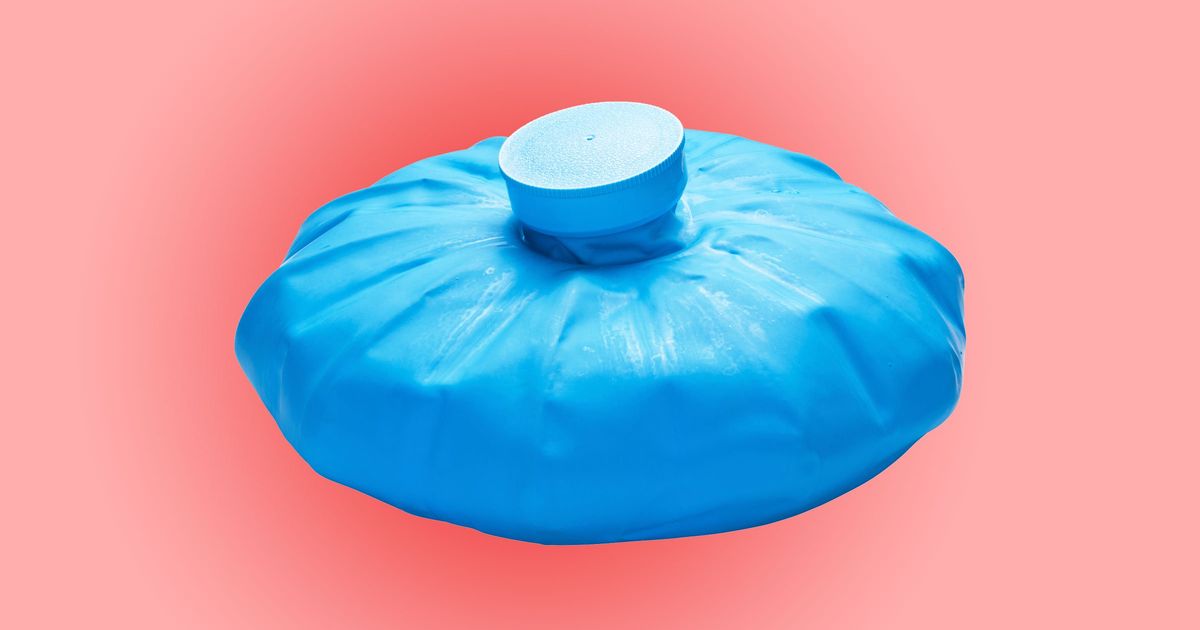
Bunions frequently cause redness, swelling, and pain. Cold compresses, ice packs, and cold gel pads can help alleviate pain and make walking more comfortable. To avoid burning the skin with ice, always wrap ice in a plastic bag or towel and never apply it directly to the bunion site. Use cold compresses or ice for twenty to thirty minutes at a time and for between three to five times a day. In addition to the application of cold packs, the use of a cooling gel, spray, or lotion may be beneficial. These are available over-the-counter in a variety of formulations. Menthol, a substance that produces a cooling sensation on the skin, is one of the most commonly used ingredients in these products. Some gels may also contain natural pain relievers such as arnica or anesthetics such as lidocaine.
Reveal the next method of treating bunions now.
Changing Shoes
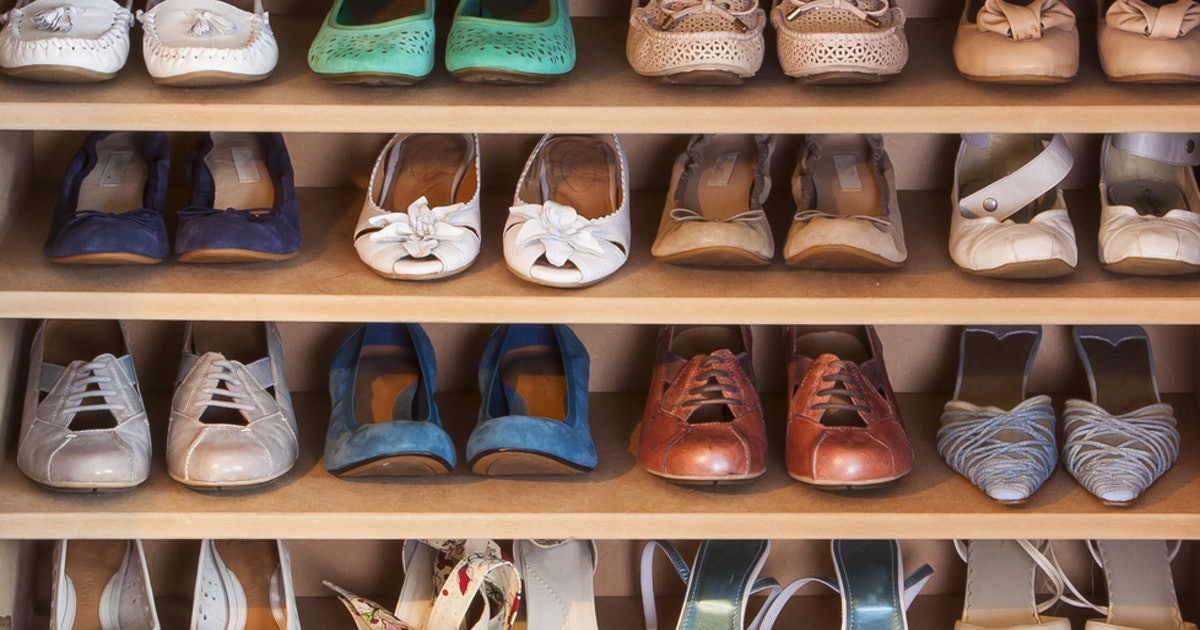
Certain types of footwear often cause bunions, and changing shoes can help prevent them from forming or keep bunions from growing. In particular, shoes that are too tight or narrow are often associated with the development of bunions. Patients who wear high heeled shoes, which are often very narrow in the toe and can pinch toes, are at an increased risk of developing bunions. Patients are advised to wear flat shoes with a wider toe box and to choose shoes that offer proper support. In a properly fitted shoe, the toe box should be wide enough so the patient can wiggle their toes. Shoe fabrics with some flexibility, such as canvas, knit, or soft leather, are recommended. In addition, choosing a shoe with arch support and a sole that is neither rigid nor flimsy will help in relieving bunion symptoms. If shoes with heels are worn, the heel should ideally be no more than two inches high.
Keep reading to learn about the next treatment for bunions now.
Surgical Treatment
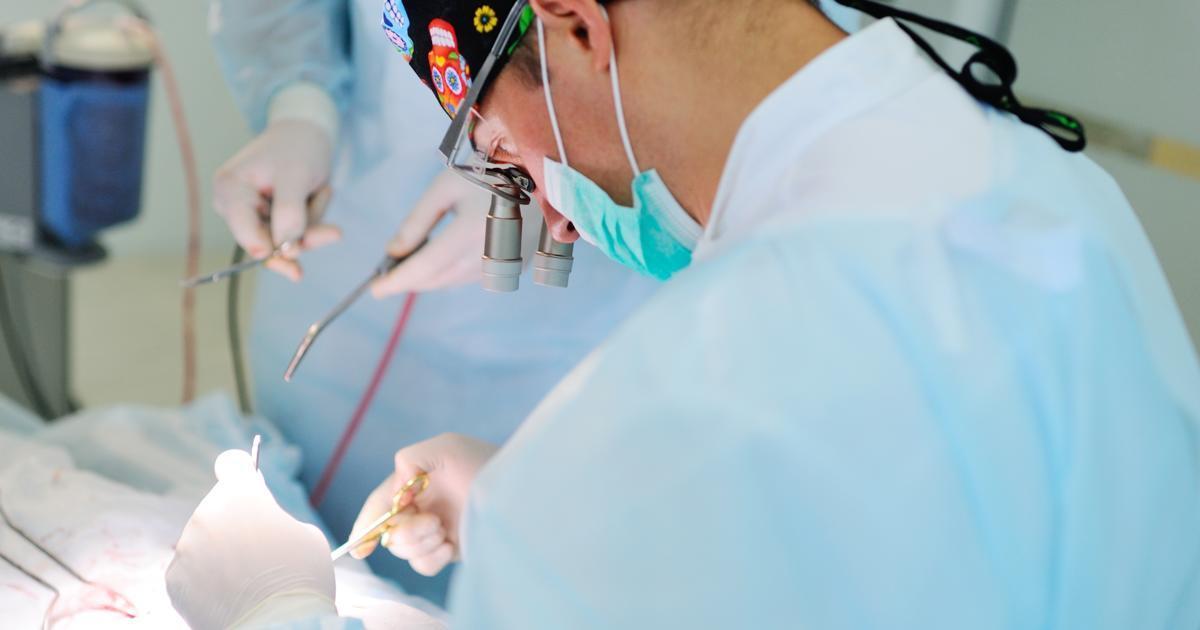
Surgical treatment for bunions may be appropriate for patients who cannot alleviate their symptoms with conservative methods. Doctors generally recommend a bunion removal surgery, also called bunionectomy, for patients who cannot walk relatively short distances without foot pain and who have to limit other daily activities because of pain. More than one hundred different types of bunion removal surgery exist. Surgery includes both removing the bunions and realigning the toes, ligaments, and tendons in their normal position. Generally, surgical treatment for bunions can be carried out under local anesthesia, a form of anesthesia that numbs the affected area, where the patient remains awake during the operation. Often, patients can go home a few hours after their surgery. The time for complete recovery varies and can be as much as six months to one year after the procedure. For the first two or three weeks post-surgery, the foot will likely be in a cast or specialized boot to promote healing and keep weight off the foot.
Read more about treating and preventing bunions now.
Pain Relief Medication
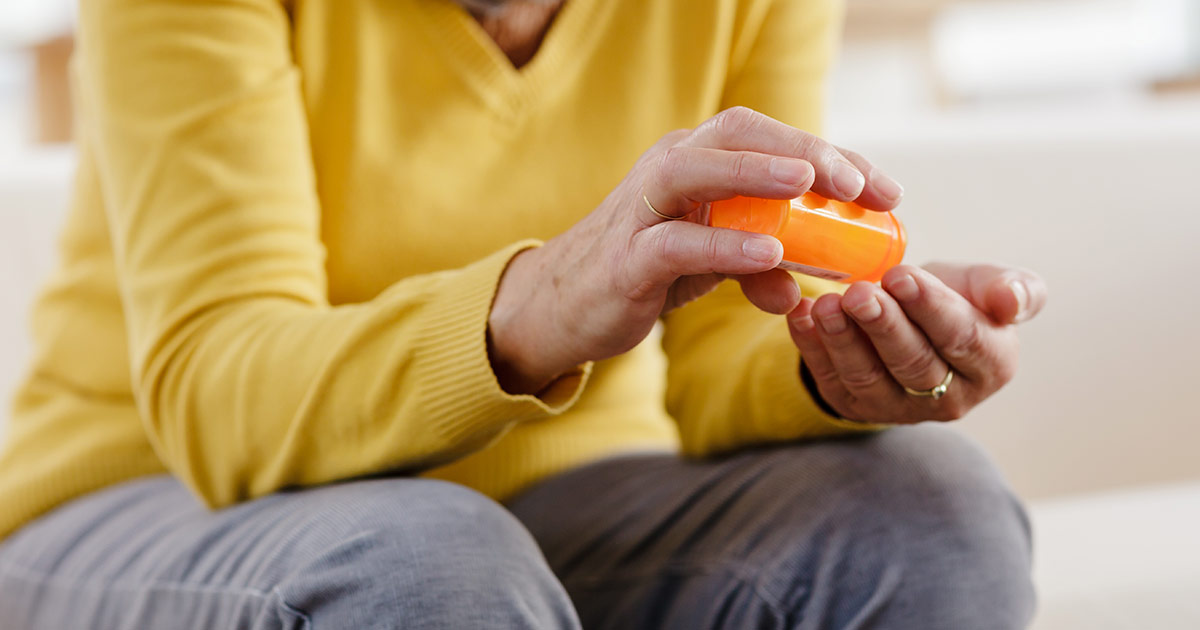
Pain relief medication can help patients with bunions feel more comfortable while walking and doing other daily activities. Individuals who experience occasional or mild pain due to bunions may wish to take an over-the-counter medication such as ibuprofen to reduce inflammation and manage their pain. Some patients prefer to take acetylsalicylic acid, naproxen, or acetaminophen. Since these medicines can cause serious side effects, particularly with long-term use, individuals should always check with a physician about pain that does not improve after seven days of using over-the-counter medications. Using medicated creams is an alternative to oral medication that can provide effective pain relief for many patients, and these topical treatments generally have fewer side effects than oral medicines. In conjunction with medication, patients might want to try using a heating pad or ice pack on the affected area.
Uncover more information on how to prevent and treat bunions now.
Cortisone Injections
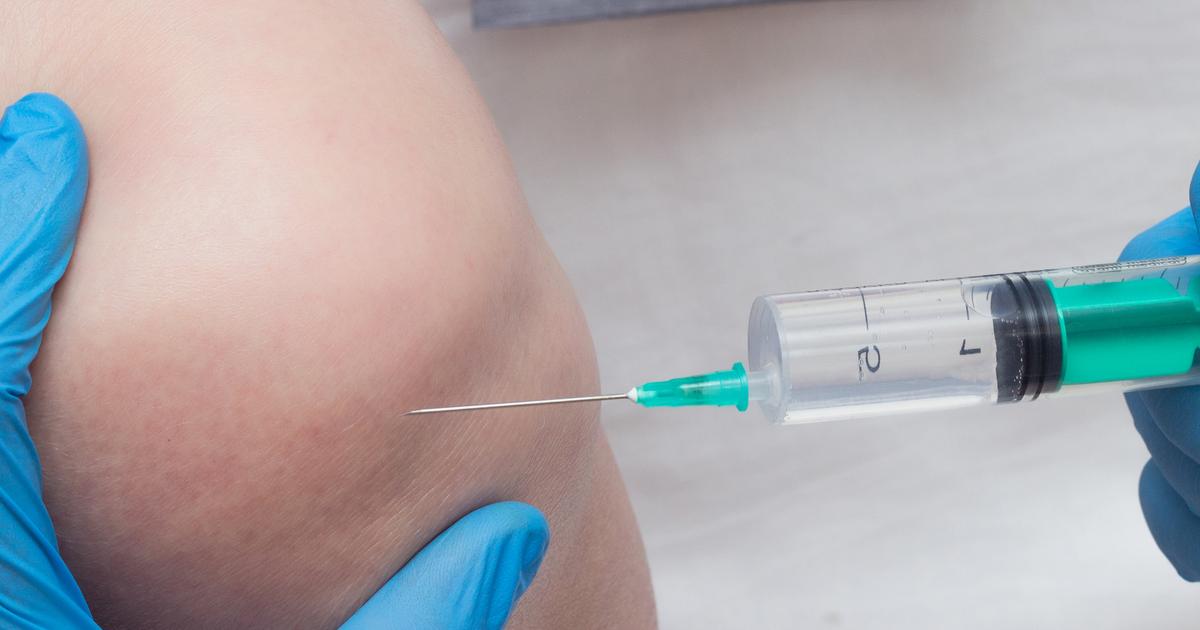
Cortisone injections may be recommended for patients with severe bunions. These injections are normally given by an orthopedist, and they are administered directly into the bursa, which is a sac that surrounds the joint of the big toe. The injections can reduce pain and inflammation, and the subsequent pain relief usually lasts for two weeks. Cortisone injections are particularly beneficial for patients experiencing acute pain from a bunion that has been accidentally bumped or rubbed by footwear. Cortisone should be administered with care, and patients are generally advised to have no more than three cortisone injections at the same site throughout their lifetime. This is because each injection of cortisone causes a gradual breakdown of the cartilage around the joint. More than three injections could result in complications that make bunions more difficult to treat.
Although other side effects from these injections are rare, some patients who receive them may notice increased pain and skin discoloration at the injection site, and a loss of fatty tissue in the affected area could occur. Tendon ruptures have also been reported. Shortly after the injection, an individual might notice facial flushing, and elevated blood glucose levels have happened in diabetes patients who receive cortisone injections. Patients should let their specialist know about any underlying medical conditions or past reactions to injections before choosing this treatment option.
Keep reading for more information on the methods used to treat and even prevent bunions now.
Avoid Activities That Put Pressure On The Big Toe
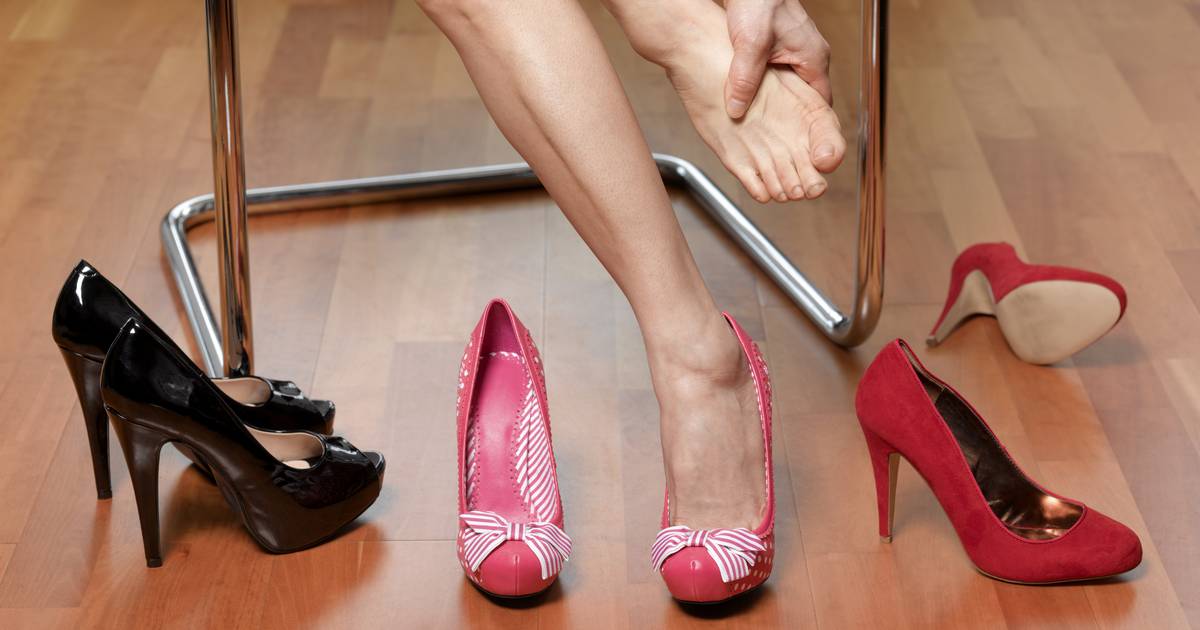
To prevent bunions, patients need to avoid activities that put pressure on the big toe. Wearing high heels is one of the major sources of pressure on this toe, and shoes that are not wide enough at the toes can also create pressure. Podiatrists recommend opting for shoes with a heel of no more than two inches, and patients should be able to wiggle their toes comfortably inside the shoe. Shoes with pointy toes are to be avoided, and the foot should never be pressed or squeezed by any part of the shoe. Individuals who participate in ballet, running, skating, and activities that require jumping or similar movements could be putting excessive pressure on their toes, and they may wish to speak with a coach about posture adjustments that might minimize this force and keep their feet healthy.